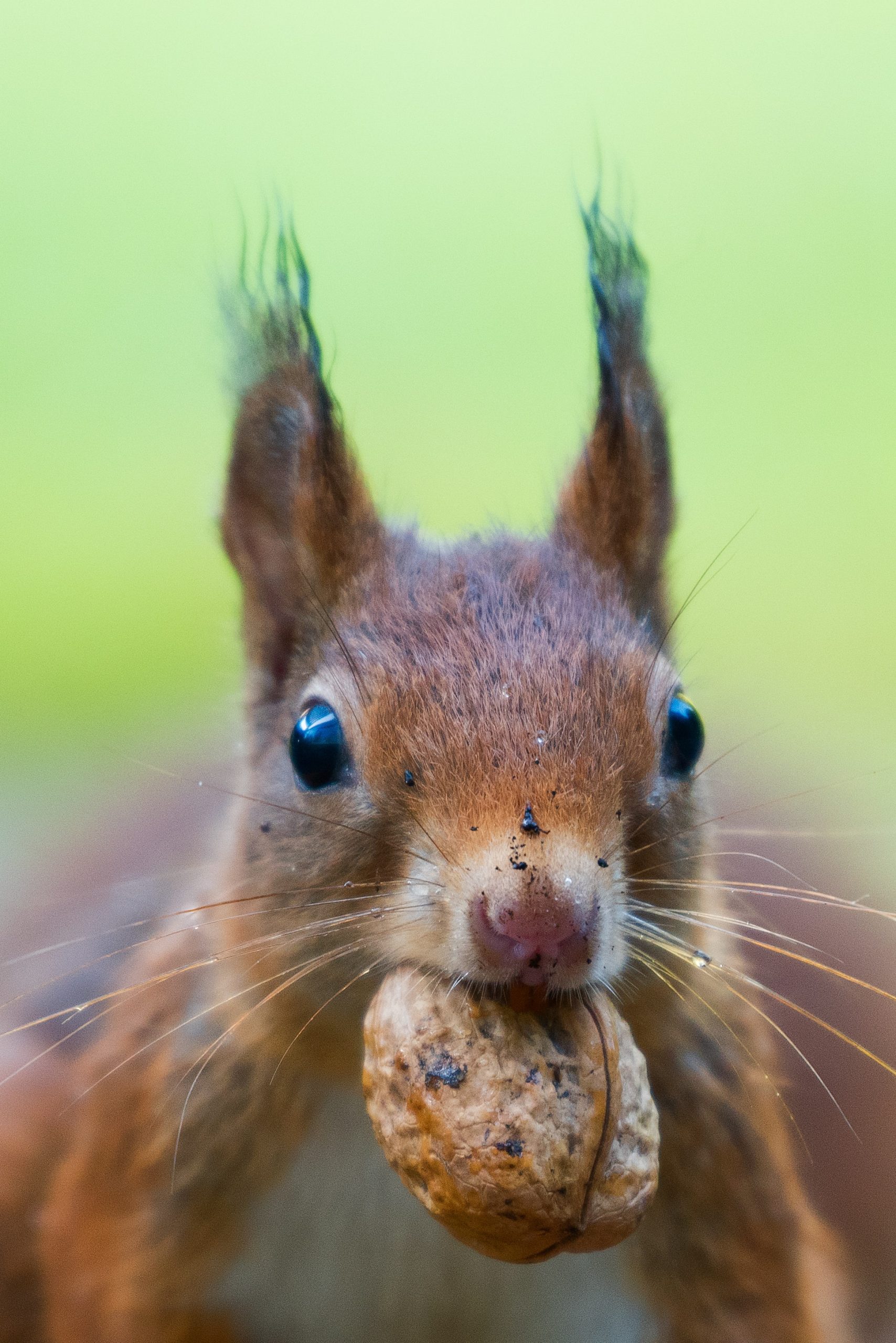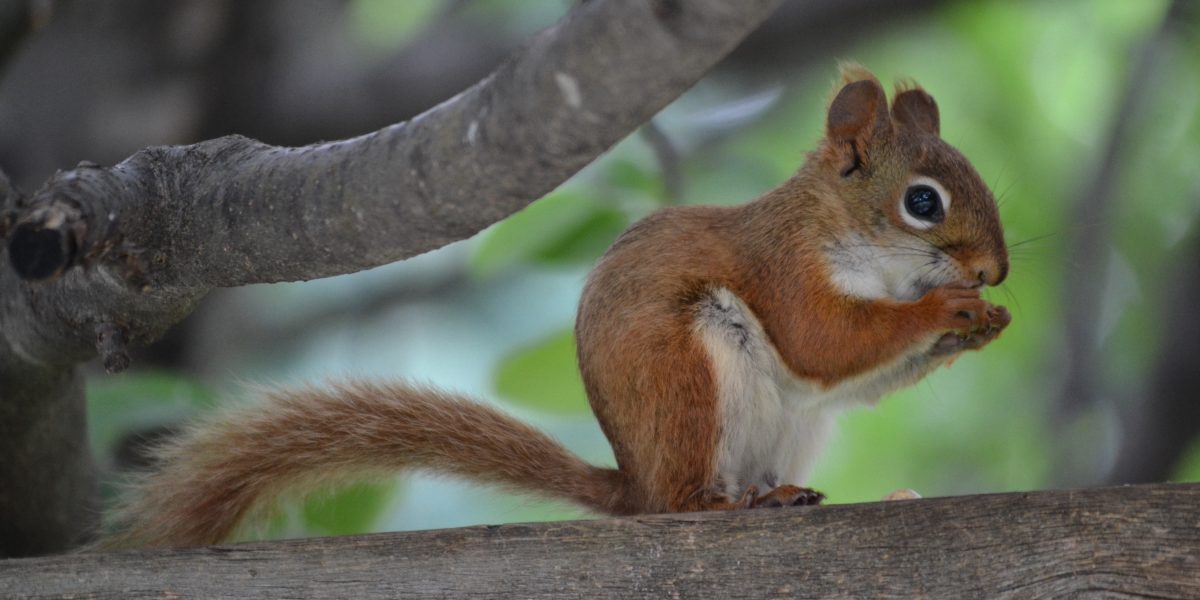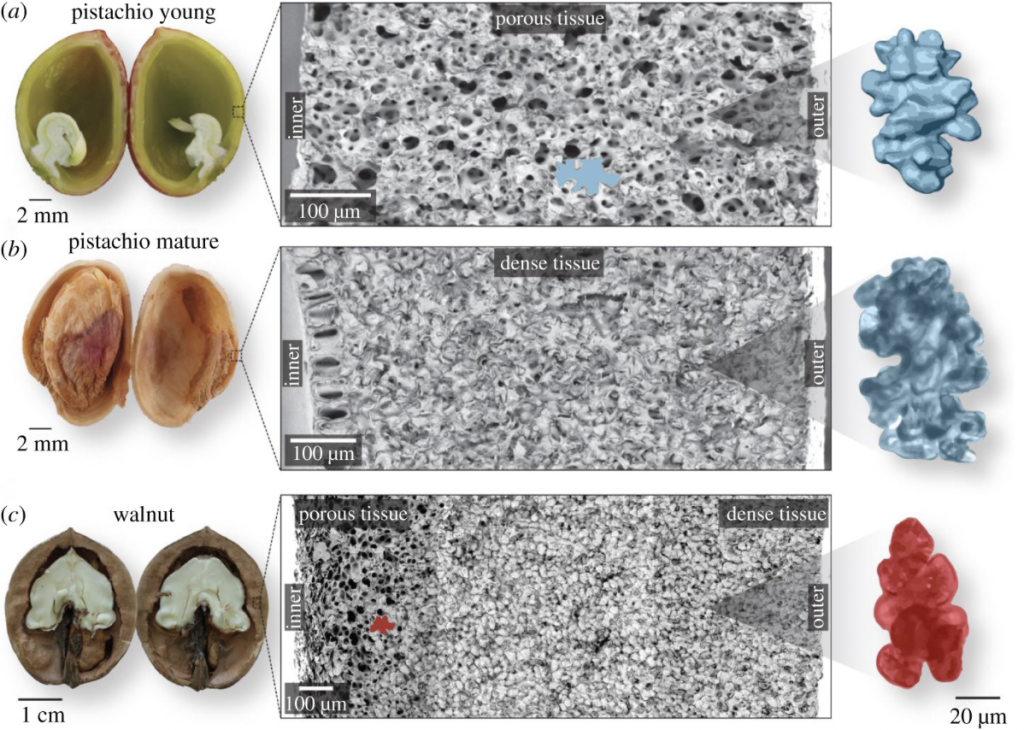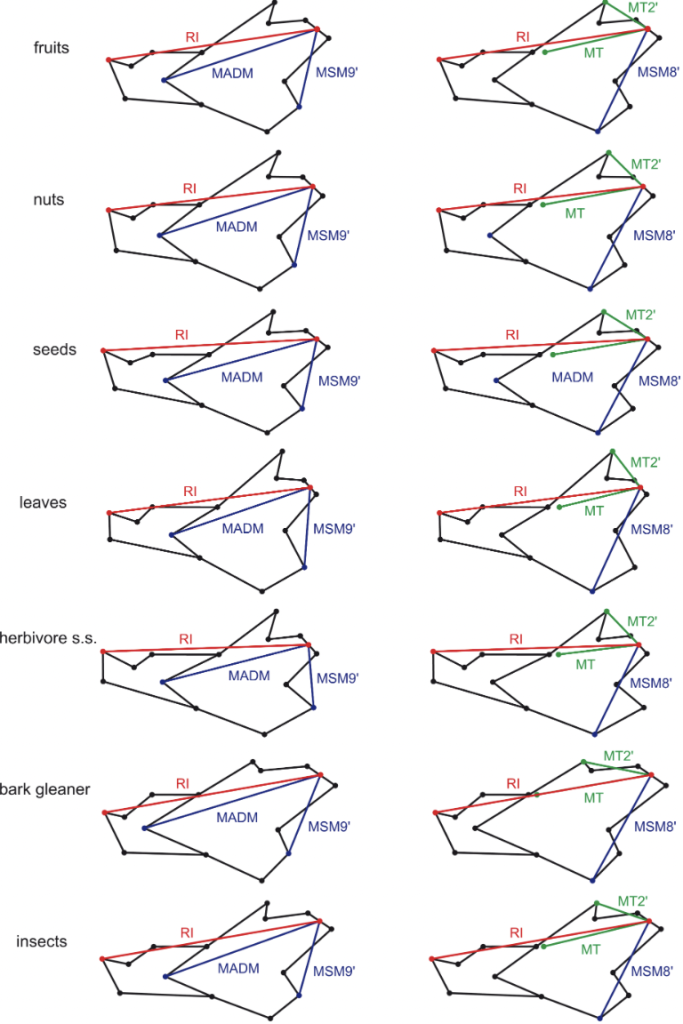On April 13, 2022, a video uploaded to YouTube titled The End broke the internet. A former Blue Sky Studios Employee, who over the years helped animate the Ice Age movie franchise, posted an unreleased short scene that depicted Scrat, the crazed squirrel from the series, finally catching and eating the acorn he spent more than a decade fighting and almost perishing over.
Over the years audiences had watched Scrat climb mountains, get kidnapped by pirates, and even go to outer space just to come up empty-handed; the 2022 short scene gifted closure and bid farewell to the saga. But perhaps for some of us, serious questions still remained: Why did Scrat only ever want that one acorn? Were walnuts and peanuts off limits? Or were they just not available? On a more serious note, humans naturally can’t eat acorns (I recommend AGAINST watching a YouTube video on how to open the parts you can eat and trying it yourself…it tastes horrible), but squirrels are amongst the few animals that can. If squirrels are suited to chewing hundreds of different types of nuts that humans can’t, what exactly gives them that ability?

Well, it turns out that natural selection and a dynamic evolutionary relationship between squirrel jaws and nutshells are responsible for this rather exclusive pairing. Just over 40 years ago, the University of Notre Dame published work from Biologist A. R. Lewis in which he describe optimal foraging theory of squirrels. Lewis observed many parameters surrounding gray-squirrels feeding behaviors, documenting qualities like nut availability, preference, and handling time per nut alongside tested factors like mean caloric density per nut. Results indicated that squirrels preferred the nuts that provided significantly more metabolic energy, even if it meant taking longer to open. This means squirrels are smart enough to know that spending slightly more time opening some species of nuts might reward them with longer breaks between meals, and less energy expended overall.
Researchers from the Austrian University of Natural Resources and Life Sciences performed mechanical tests and various imaging techniques on different nuts, characterizing tissue density, porosity, stiffness, and other qualities of various nutshells.
In the figure above, it can be seen how the lower porosity of pistachio shells might make them more susceptible to predators. Contrarily, the researchers described how an extremely thick cell wall, alongside a complex helicoidal cellulose matrix, is responsible for the remarkable stiffness qualities of walnuts equivalent to that LEGO bricks. They also described how some nutshells, like those of pistachios, have “ball-and-joint” like mechanical features that also ingeniously contribute. Over the course of evolution, only nuts with the strongest shells withstanding the majority of predators could survive. So what exactly gives squirrels their abnormal chomping abilities?
Morphological Convergence refers to the phenomenon where different species from distant taxa, or genetic relation, develop similar traits in response to similar environmental challenges. A research team from the University of Michigan published a study around this phenomenon in squirrels, describing how convergent similarities in jaw shape and size from extant ancestors depict how squirrels adapted to their native environments in response to dynamic food supplies. Other research led by Isaac Casanovas-Vilar and Jan van Dam studies the features of squirrel jaws and incisor teeth, describing two key features that provide key mechanical advantages: plier-like jaws that maximize force generation and sharp incisors that concentrate large applied forces at a single cracking point.
Although it may be hard to tell initially from the diagram, the best mechanical advantage is obtained in squirrels that primarily glean bark, which vigorously gnaw and yank on the bark. “Short mandibles, elongated articular processes, and masseteric ridges placed anteriorly “ optimize the mechanical advantage of these subspecies. Up next are squirrels that primarily feed on nuts. Lower mechanical advantage is needed for squirrels that primarily consume seeds or leaves, and thus the moment diagrams (longer and more shallow mandibles) of their jaw reflects that reduction.
When combined with the continuously growing, sharp incisor teeth made from a combination of enamel and dentin, it becomes clear why squirrels are the superior nutcrackers. Although the bite force of squirrels varies by species and is rather hard to measure, some studies suggest it can be around 7,000 Pounds Per Square Inch (PSI), which is extremely powerful. Perhaps the next time you find yourself in the the jaws of a crocodile you should just be thankful it’s not a squirrels!


